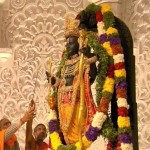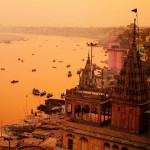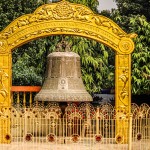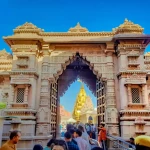Varanasi, often referred to as Kashi or Banaras, is a city steeped in history, spirituality, and resilience. Its journey through time has been marked by periods of turmoil, destruction, and subsequent revival, making it one of the most captivating and enduring cities in India. The city’s history is a testament to its ability to rise from the ashes, preserving its cultural and religious significance through centuries of upheaval.
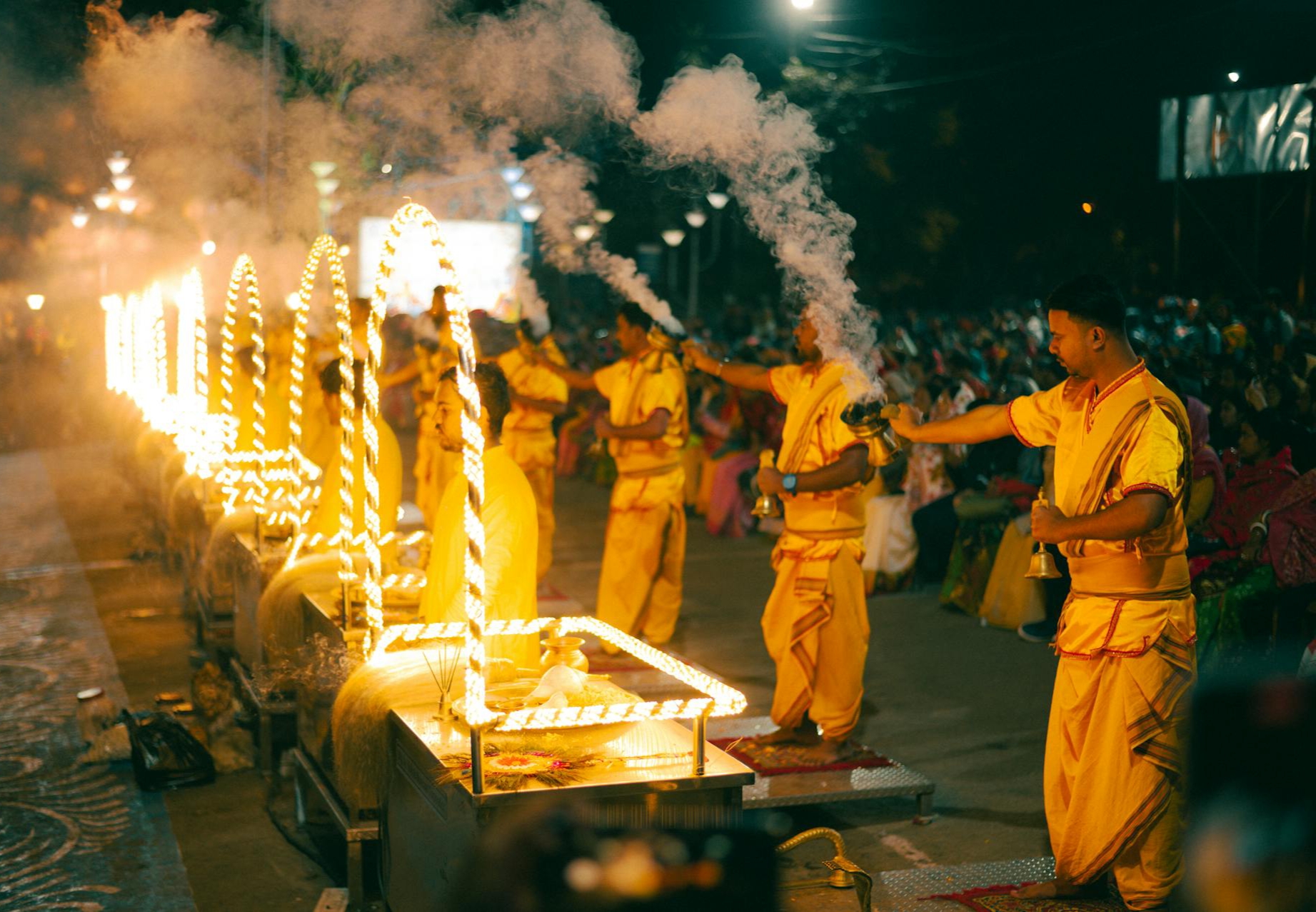
The Ancient Glory of Kashi
The history of Varanasi dates back to the 6th century BCE when it became the capital of the kingdom of Kashi. This ancient city has always held a significant place in Hindu mythology and culture, being regarded as the city of Lord Shiva. The Kashi Vishwanath Temple, dedicated to Shiva, is one of the most prominent landmarks and a vital part of the city’s religious fabric. The original temple, believed to have been constructed in 1490, was an architectural marvel and a spiritual center for Hindus.
Destruction and Rebuilding of the Kashi Vishwanath Temple
The temple’s turbulent history began with the invasions during the medieval period. In the 16th century, the Mughal invasion led to the destruction of the original Kashi Vishwanath Temple. The temple faced further devastation during the reign of the Mughal emperor Aurangzeb, who ordered the demolition of the temple in 1669 and constructed the Gyanvapi Mosque in its place. Despite these efforts to erase its presence, the spiritual essence of the temple endured. The ruins of the original Kashi Vishwanath Temple can still be seen behind the mosque, serving as a poignant reminder of its storied past.
The Role of Ahilya Bai Holkar
In 1780, Ahilya Bai Holkar, the Maratha queen of the Malwa kingdom, played a pivotal role in restoring the temple. She undertook the task of rebuilding the Kashi Vishwanath Temple, ensuring that the legacy of this sacred site continued. Her efforts were instrumental in preserving the religious significance of the temple for future generations. The rebuilt temple stands as a symbol of resilience and devotion, attracting millions of pilgrims and tourists from around the world.
The Jnana Vapi Well
A fascinating aspect of the temple’s history is the Jnana Vapi well, located between the Kashi Vishwanath Temple and the Gyanvapi Mosque. Legend has it that when Aurangzeb decided to destroy the temple, the idol of Lord Shiva was hidden in this well to protect it from desecration. The well, a silent witness to the tumultuous events of the past, remains a significant historical and religious site.
The Mughal Influence and Akbar’s Relief
Varanasi’s history is also marked by periods of decline and resurgence. The city faced significant setbacks during the early centuries of Muslim rule in India, starting from 1194. Temples were destroyed, and scholars fled to other parts of the country. However, the reign of the Mughal emperor Akbar in the 16th century brought some relief. Akbar’s relatively tolerant policies allowed for a brief period of revival in the city’s religious and cultural activities.
The Maratha Revival and British Rule
Despite the challenges, Varanasi continued to be a center of Hindu learning and culture. The Marathas played a crucial role in sponsoring the revival of the city’s religious significance in the 18th century. Varanasi’s importance was further recognized under British rule when it became an independent kingdom. In 1910, the British established Varanasi as a new Indian state, a status it retained until 1949. Throughout these changes, the city remained a vital commercial and religious hub.
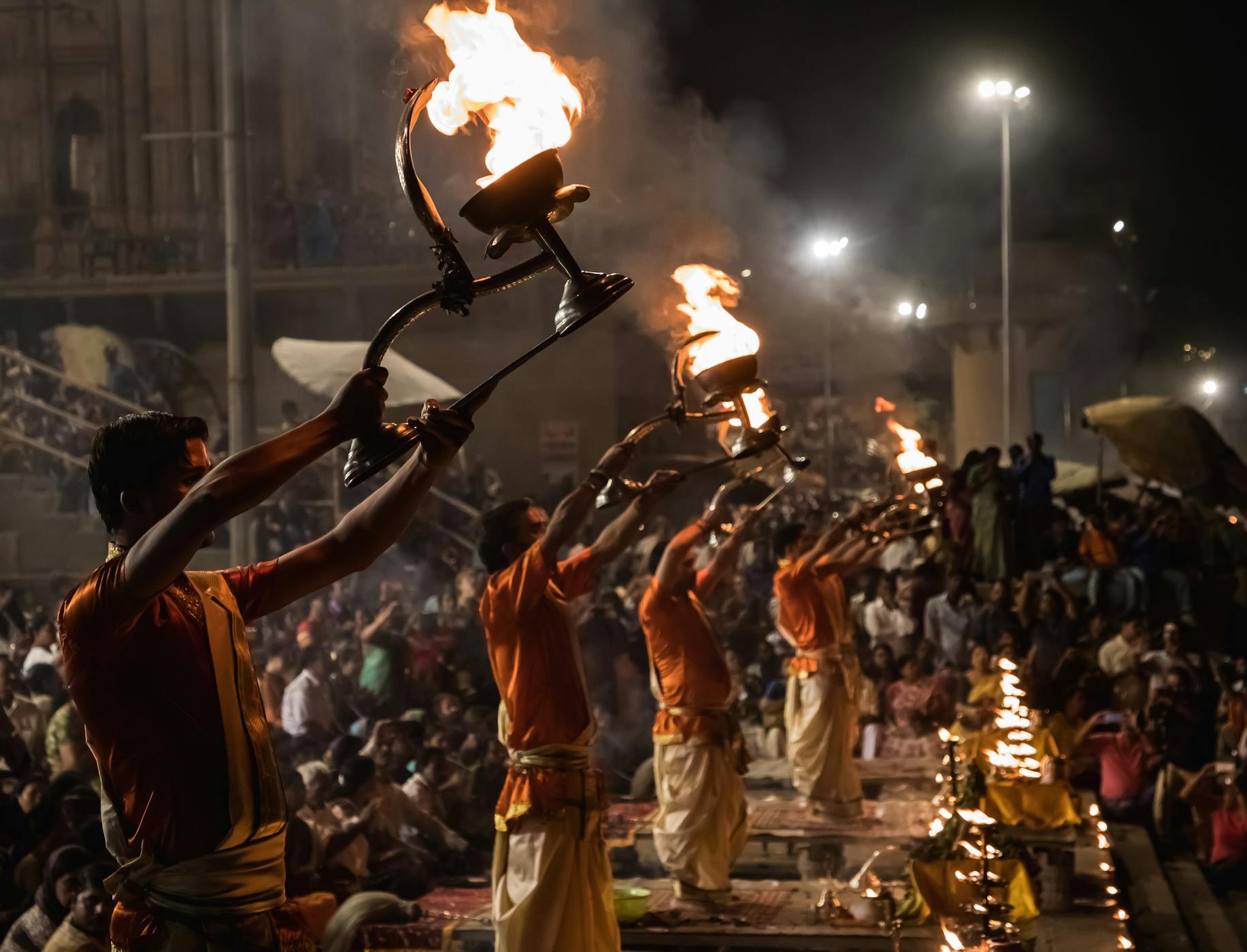
Varanasi in Independent India
The city of Varanasi witnessed a new dawn when India gained independence in 1947. The rich cultural and historical heritage of the city was preserved, and it continued to flourish as a center of learning, spirituality, and tourism. Today, Varanasi is not only a significant pilgrimage site for Hindus but also a vibrant city that embodies the essence of India’s ancient traditions and modern aspirations.
Conclusion
Varanasi’s history is a compelling narrative of destruction and reconstruction, marked by the resilience of its people and their unwavering devotion to their cultural and religious heritage. From the ancient kingdom of Kashi to the bustling city of Varanasi, this city’s journey through time is a testament to its enduring spirit. As you walk through its narrow lanes, visit its historic temples, and witness the daily rituals on the ghats of the Ganges, you become a part of this timeless story of faith, perseverance, and renewal.







